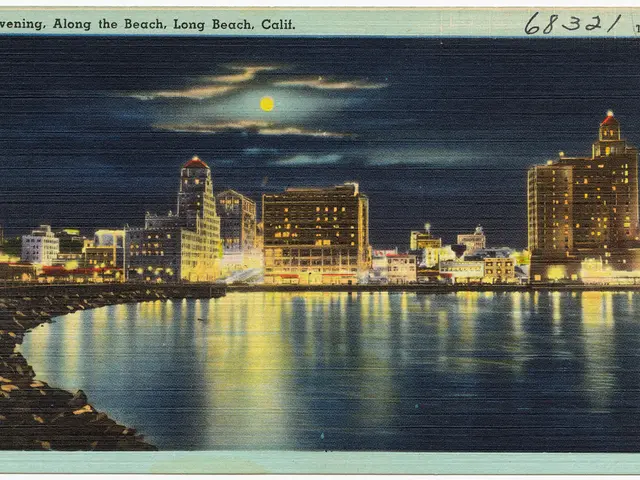Commemorating the 40th Anniversary of the Heysel Tragedy: Brussels Mourns the Fallen Victims - Fans honor the deceased, forty years post the tragic Heysel catastrophe, in Brussels.
In Memoriam: Remembrance of the Heysel Tragedy Victims in Brussels, 40 Years Later
Brussels, Belgium - Exactly four decades ago, on May 29, 1985, the European Cup Final between Juventus Turin and Liverpool FC was marred by an unforgettable disaster in Heysel Stadium. The tragedy claimed 39 lives, primarily Italian fans, and left hundreds injured.
Nearly an hour before kickoff, a surge of Liverpool fans, ignited by fan violence and hooliganism, stormed the neighboring section, predominantly occupied by Juventus supporters. The ensuing commotion led to a violent clash, and as the crowd surged back, many were crushed against a crumbling stadium wall. The wall eventually collapsed, triggering a stampede and further death and injury.
Initially, Liverpool fans were accused of culpability, but subsequent investigations laid bare inadequate stadium safety measures as a contributing factor. Belgian architect Joseph Ange's reports and official investigations highlighted the stadium's poor state, with unsafe handrails and insufficient escape routes. Moreover, authorities failed to address concerns about the stadium's safety, ultimately ignoring requests to relocate the final to a safer venue.
The Heysel disaster sparked a reevaluation of football game organization, prompting stricter regulations on stadium safety, particularly in Europe. In response, standing areas were banned for international matches.
The disaster, which occurred during a period when English football was grappling with hooliganism and racism, led to a deep reckoning in football culture, especially in England and Belgium. The catastrophe's gravity necessitated stricter stadium safety regulations, combating hooliganism, and enhancing crowd control and infrastructure standards.
Tragically, 32 Italians, 4 Belgians, 2 French, and 1 Northern Irish person lost their lives in the stampede. Despite the horrific event, the match continued as planned, with Juventus securing a 1-0 victory.
Legal and investigative outcomes resulted from the disaster, with the Coppieters Report deterring blame toward multiple parties, including police, authorities, and fans alike. UEFA retaliated by banning all English clubs from European competitions for an undetermined period, lasting five years for most clubs and six years for Liverpool, with profound impacts on English football.
40 years later, the Heysel Stadium disaster remains one of the darkest chapters in the history of European football, serving as a stark reminder of the need for rigorous stadium safety regulations and effective crowd management.
- The tragedy that occurred during the European Cup Final in 1985, known as the Heysel Stadium disaster, was not just a General News event but also highlighted issues in Crime and Justice, as the poor stadium conditions and lack of safety measures contributed to the disaster.
- Although primarily Italian fans lost their lives in the Heysel Stadium disaster, the impact of the disaster extended beyond sports, leading to a deep reckoning in football culture, particularly with regards to safety measures, stadium regulations, and hooliganism in Europe and the United Kingdom.
- The Heysel Stadium disaster, which took place during a football match between Juventus Turin and Liverpool FC, not only happened in the context of the Champions League but also had far-reaching implications for European leagues, as it led to stricter regulations and a ban on English clubs from participating in European competitions.








